When planning out a vegetable garden, flowers are likely not included in most people’s plans—probably because they’re not vegetables. Although not a vegetable, you should consider planting marigolds along with your vegetables as they provide numerous benefits that will keep your vegetable plants happy and healthy. We have some more great ideas for plant pairings to increase your yield here.
Not only will your vegetables benefit from marigolds planted nearby, but the gardener can as well. Marigolds come in vibrant oranges, reds, yellows, and mixtures of the three and will brighten any garden. Marigolds are also edible flowers that can be eaten raw or added to dishes such as soups and salads.
What Are Marigolds?
Marigolds are a favorite among many flower growers for their simple growing needs and beautiful blooms. These flowers require very little attention to growing and will grow quickly and provide blooms about eight weeks after planting. Marigolds make a great addition to a flower garden or bed, landscaping, and as a container flower.
Another great aspect of marigold flowers is that they can be grown annual almost anywhere in the contiguous United States. To be grown as a perennial, however, you will need to be in USDA hardiness zones nine, ten, or eleven. Marigolds that are grown in containers can be brought inside during cold months to be kept as a perennial in zones eight and below.
Marigolds do best in full-sun locations, but they can tolerate a partially shaded location as well. They are not too particular when it comes to soil—so you can focus on soil that is best for your vegetables if planting together—and they should only need water every few days once the soil starts to dry out. Overall, marigolds are relatively simple flowers to grow and care for and can adapt to the environments of any cohabitants.
Marigolds are wonderful flowers that not only look great but can benefit other plants that are planted around them, particularly vegetable plants. The variety that provides the most benefits is called the French marigold, although other varieties are effective as well. Planting marigolds along with your vegetables poses no risks and only has the potential to benefit—why not give them a try!
1. Attracts Pollinators
The blooms on marigold flowers last throughout the summer and into early fall, and these blooms will bring in pollinators such as bees and butterflies. These pollinators are essential to vegetable plants—and bringing more in can help your vegetable garden thrive.
Pollinators—butterflies in particular—are desired in gardens for more than just their pollinating abilities. Some plant flowers that attract pollinators for their beauty and the photographic opportunities they bring. You could also add one of these DIY butterfly feeders to your plot to attract more of these beautiful insects.
2. Attracts Predatory Insects
In addition to attracting pollinators, marigolds also attract predatory insects that will help protect against pests that cause harm to vegetable plants. The most common beneficial predatory insects that marigolds will bring in are ladybugs, hoverflies, lacewings, and parasitic mini-wasps, although there are others that may show up as well.
Predatory insects can help protect your vegetable plants from pests like aphids and spider mites. These harmful insects will attach themselves to the leaves of the plant and suck the nutrients, causing damaged and dead leaves and overall harm to the plants. Most predatory insects have no interest in your plants and will only feast on the harmful pests—a win-win as long as you’re not the pest.
3. Protects Against Nematodes
Another pest that can be harmful to your vegetable plants is the nematode. Nematodes are small organisms that live in the soil and can cause harm to both plants and the gastrointestinal tracts of people if ingested. Once nematodes infest an area, they are difficult to get rid of because they live in the soil. One defense against nematodes comes from a chemical produced by marigolds that are nematicides—they kill nematodes.
Although marigolds produce nematicides in their roots, the chemical does not leach out into the soil very much. If you want to plant marigolds in defense against nematodes, you will want to plant multiple marigold flowers throughout your vegetable garden for maximum defense.
4. Repels Certain Pests
Nematodes may not be the only pests that marigolds help to deter. There is evidence to support that marigold flowers will also deter whiteflies, cabbage moths, and Mexican bean beetles. Marigolds have a limonene secretion that these pests do not like, keeping them away from the flowers and—hopefully—any neighboring plants as well.
Some also claim that mammals such as rabbits and deer will stay away from marigolds, although there is conflicting information that says these animals will eat marigolds. If there are no better options available to protect against mammals, your marigolds—along with your vegetable plants—may still be at the mercy of passing creatures.
5. Trap Crop
Finally, marigolds can be used as a trap plant to help protect your vegetable garden. A trap plant is something you plant that draws certain pests towards it to prevent these pests from eating your desired plants—vegetables, in this case. Planting marigolds on the outskirts of your vegetable garden may cause them to take the hit before your other plants do. This is particularly true for slugs which love to munch on marigold flowers.
Although marigolds do not have any special attributes that make them a top candidate for a trap plant, they are easy to grow and care for. If you are sacrificing a plant, you will want it to be something that doesn’t require much effort to grow.
What Else Can Marigolds Be Used For?
In addition to being beneficial to vegetable plants for a number of reasons, marigolds have other uses as well. Some plant marigolds for the sole purpose of their vibrant blooms while some have other plans for them. These versatile flowers have a use for everyone.
Edible Flowers
Marigold flowers are edible and have a unique taste. Some describe marigolds as having a spicy flower taste while others say they have a citrus taste to them. These flowers can be eaten raw, but avoid any green parts as they will have a bitter taste when raw. Some foods that marigolds are used in include salads, soups, quiche, and stir fries.
Tea
Another way people use marigolds is as a tea flavoring or coloring. Although the taste of marigolds when diffused in tea is not very strong, the color of your tea will be! Marigolds in tea are said to provide health benefits such as soothing sore throats and alleviating cramps.
Chicken Snacks
Some chicken owners will grow marigold flowers as a snack for their flock. Chickens love the taste of marigolds which can be added as a supplement to their usual diet. Feeding your chickens dried marigold petals can also enhance egg yolk color; this is a trick used in some industries to make the egg yolks look more prominent within the egg.
Food Coloring
Another trick that some bakers use to naturally enhance the colors of their baked goods is to crush dried marigold flowers into a powder and add them to their creations. The effectiveness of marigolds as food coloring is often compared to that of saffron—but much cheaper and easier to grow! When baked or cooked into foods, marigolds will generally lose their flavor and act only as a coloring.
Fabric Dye
For those who like to use natural dyes for projects and crafts, you can make a nice yellow color with the use of marigold petals. You can extract color from marigold flowers by simply leaving them in warm water overnight and straining the petals out. The water left behind can be used to dye fabrics such as cotton, wool, and silk. This dye will not stick to most synthetic fabrics, however.
Pressed Oil
Another use for your marigold flowers is to extract oils from them. These oils can be used for aromatherapy to provide a flowery fragrance to your home or office space. To extract the flower's oils, you can perform a steam distillation on fresh flowers which involves some equipment, or by solvent extraction which involves certain solvent compounds. Unless you’re committed to making your own essential oils, this is better left to someone who has previous knowledge in extracting essential oils.
Planting Marigolds
As previously mentioned, marigolds are relatively easy plants to grow. To keep your marigold flowers thriving, however, there are some things to consider. Take into consideration where to plant your marigolds, when to plant your marigolds, and how to plant your marigolds.
Where to Plant
The ideal location for your marigolds is in a location that receives full sun throughout the day. Marigolds grown in locations with high levels of sunlight exposure will provide the largest amount of blooms throughout the growing season. If the location where you want to plant your marigolds is partially shaded, your flowers will most likely still grow and bloom, but you may not be taking advantage of their full blooming potential.
When it comes to soil, marigolds are not particularly picky and can adapt to most soil types and conditions. To ensure that your marigolds thrive, well-draining soil of moderate fertility is preferred. If the soil you have does not drain well, there are measures you can take to help it drain better. When preparing soil for marigold flowers, turning the dirt can loosen clumps and result in better drainage. Adding mulch to the surface of the soil may also aid in its draining abilities.
Marigolds grow well around other plants, although this is not necessary for their survival. The adaptability and versatility of these flowers make them a good match for almost any garden bed.
When to Plant
If you live in growing zones eight or below, you will need to avoid frost when planting your marigold seedlings or seeds. Marigolds cannot withstand frost-like temperatures, so planting should start once spring has started and there is no risk of a late frost. If you want to start your seeds earlier, you can plant them in containers that are kept inside until temperatures start to rise. Marigold flowers are quick to germinate, however, so you may find yourself waiting until they can be planted directly in the ground to save yourself a step.
If planting in growing zones nine, ten, or eleven, you can start your seeds a little bit earlier in the year, as the threat of frost will be long gone. It is a good idea to get the seeds planted early enough so that the young plants do not have to take on the brutal heat of summer. Although a young marigold may be harmed by too much heat, a mature marigold will handle it with ease.
How to Plant
To get your soil prepared for planting, it is a good idea to turn the soil to provide drainage and make it easier for the young roots to spread out while they grow. If the soil is low in nutrients, this is a good time to add supplemental fertilizers to help the seeds or young plants establish themselves. A slow-release fertilizer is best and should only be added once per season to make sure the flowers are not shocked by the overwhelming amounts of available nutrients.
Soil that is moistened will be easier to plant in and will create a better environment if you are planting seeds. Seeds should be put approximately one inch under the soil and can be planted once an inch apart from one another. When planting around other plants, it is best to plant them eight to ten inches away to ensure there is no competition for space.
When planting seedlings that were started in containers, remove the plants from the containers and gently separate the roots apart. This will help encourage the roots to grow outwards in various directions. Adding a layer of mulch over the surface of the soil can help provide your marigolds with a well-draining environment and moisture retention to keep them from drying out in those warm summer months.
For more ideas of plants to add to your vegetable garden, check out our list here.







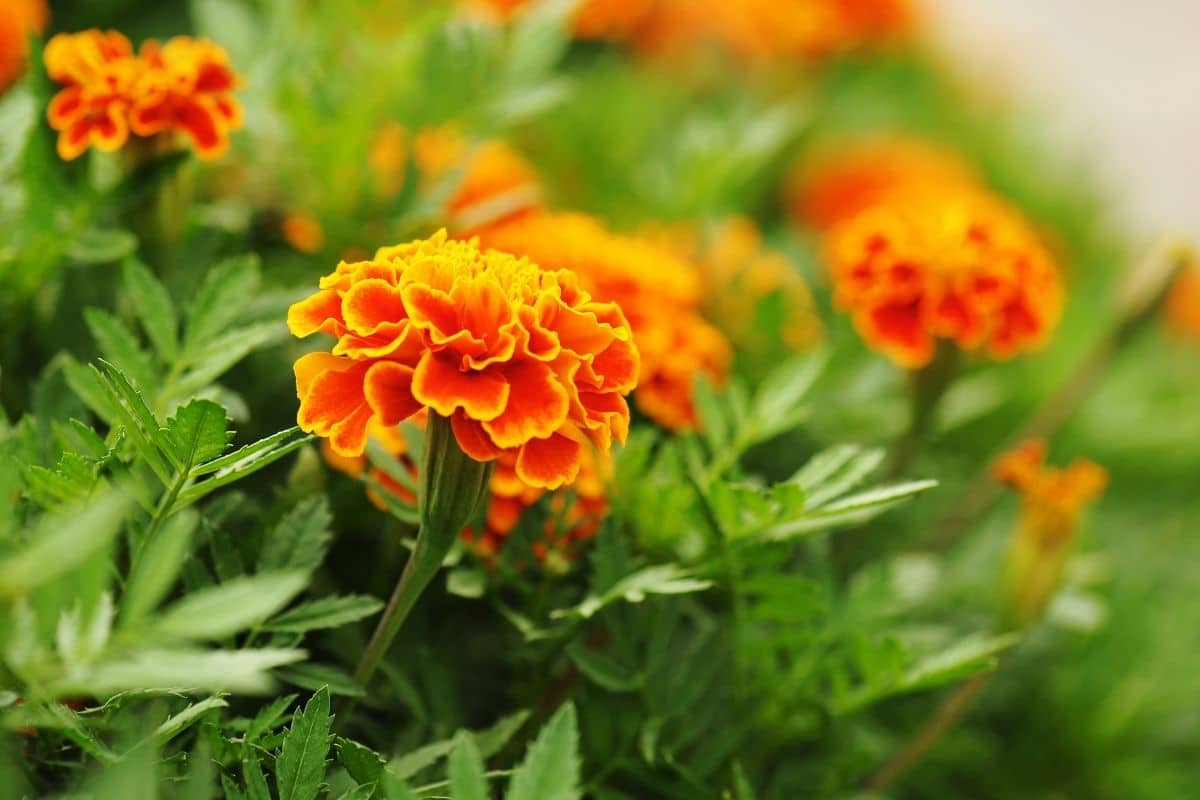
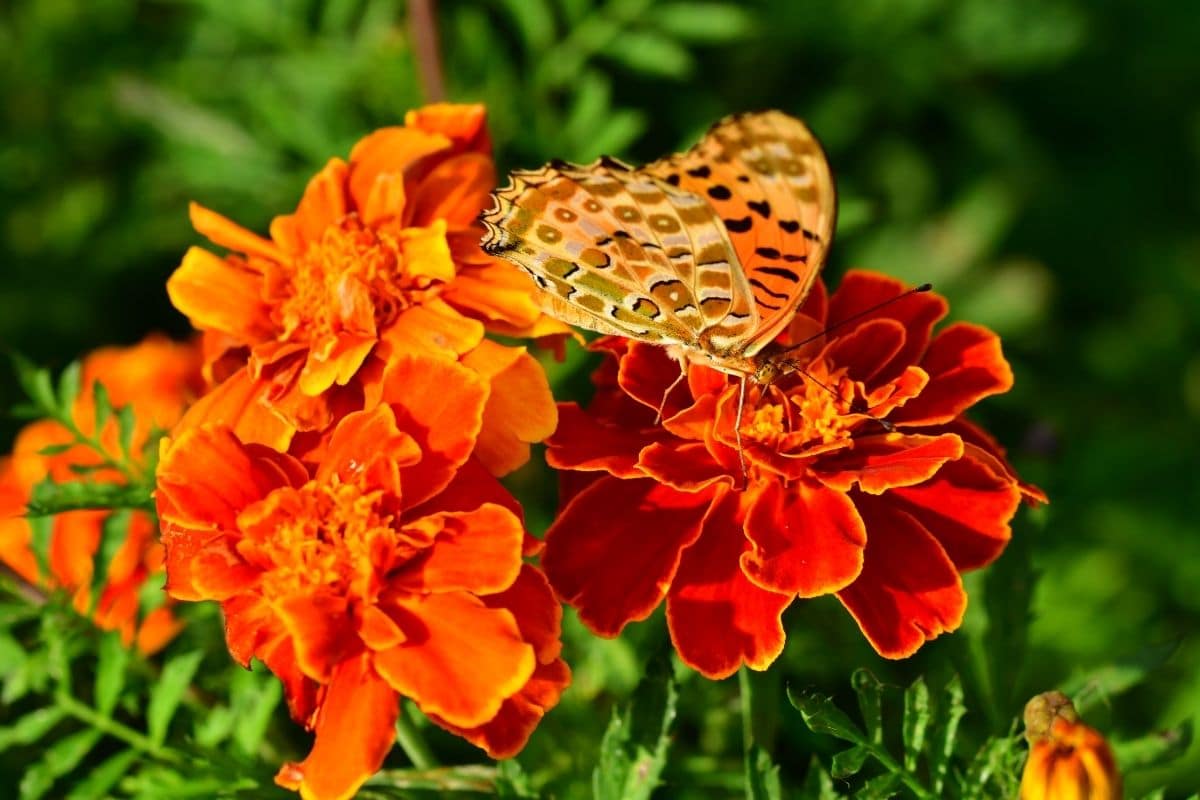
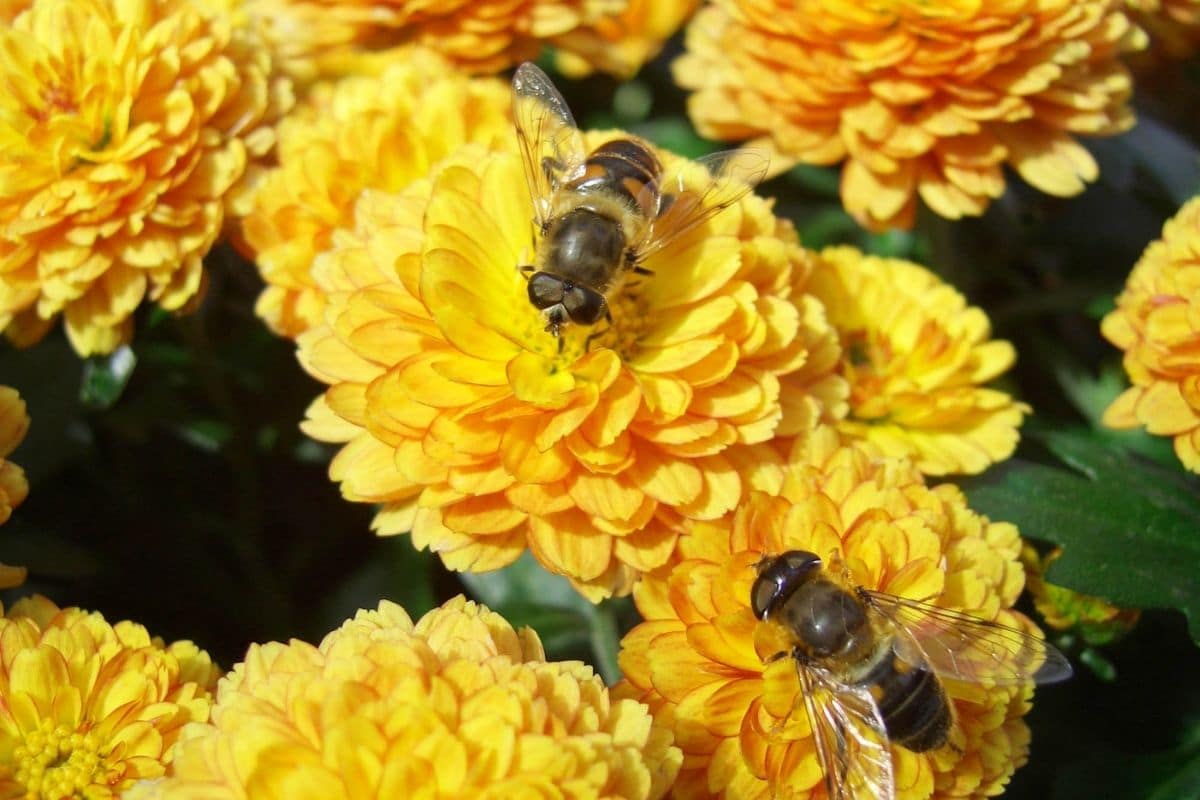
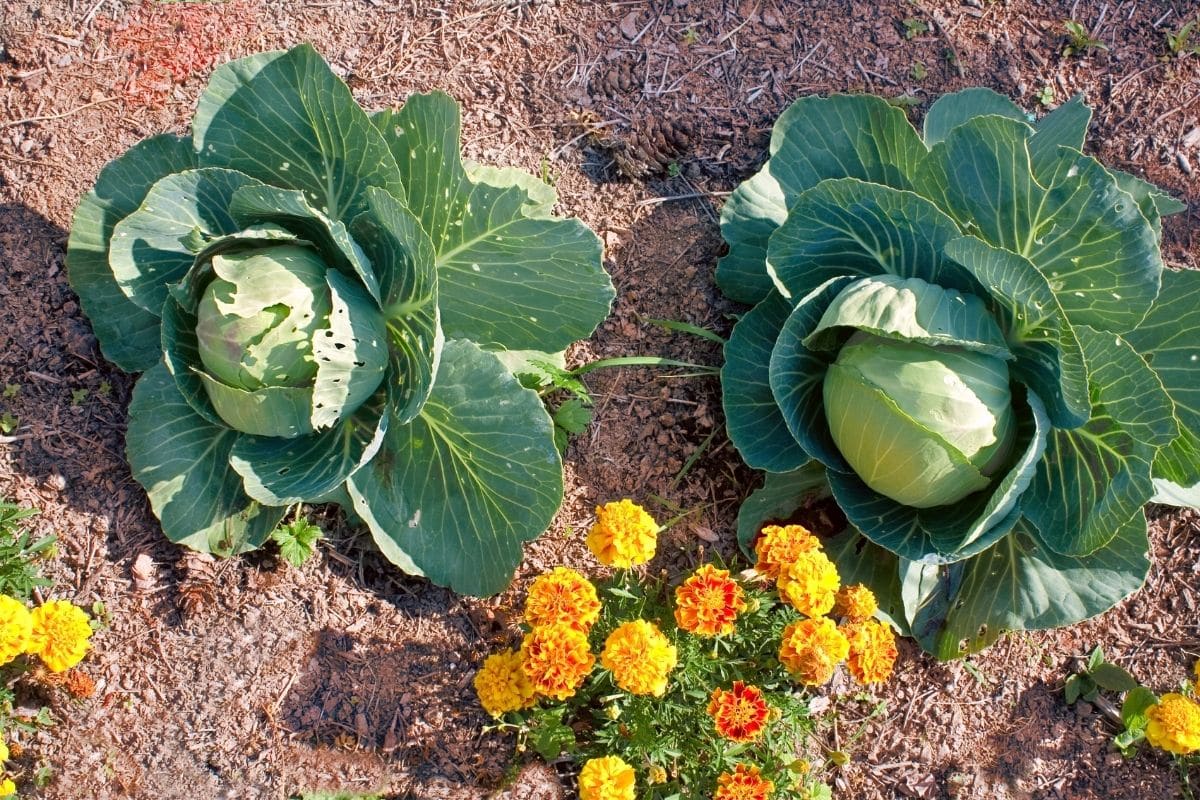
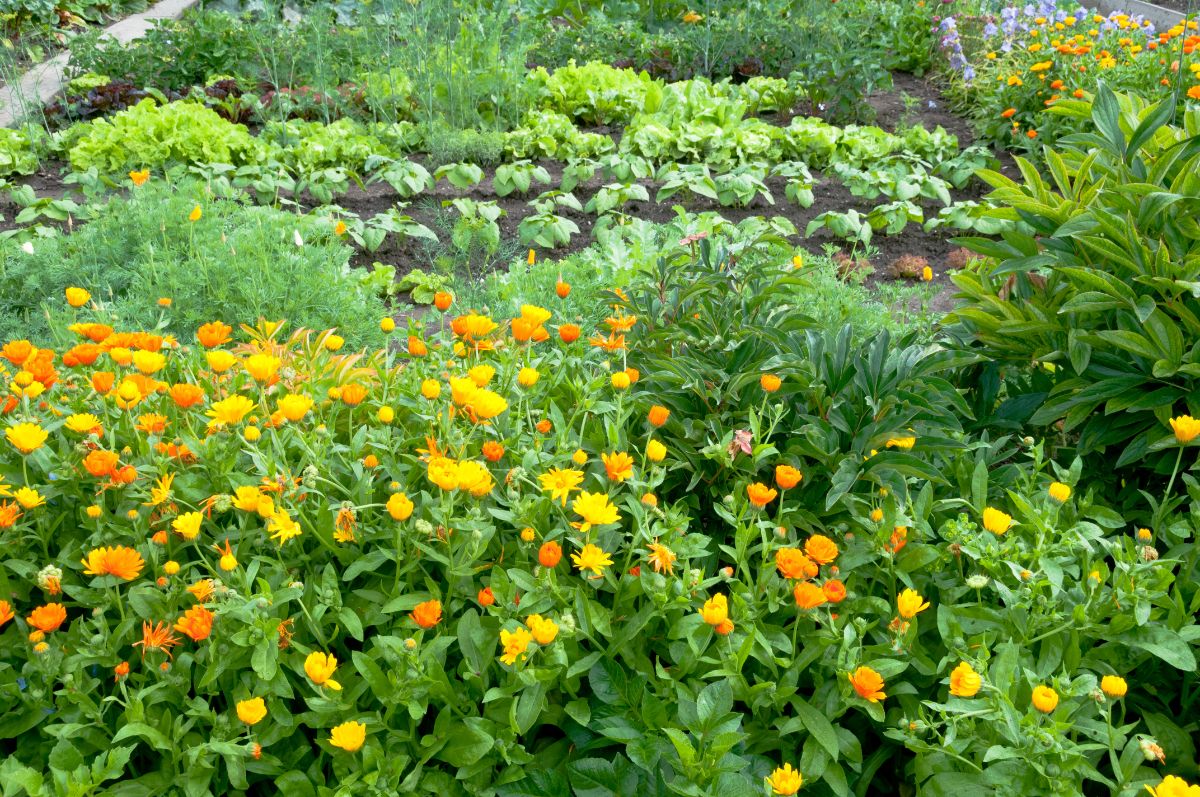
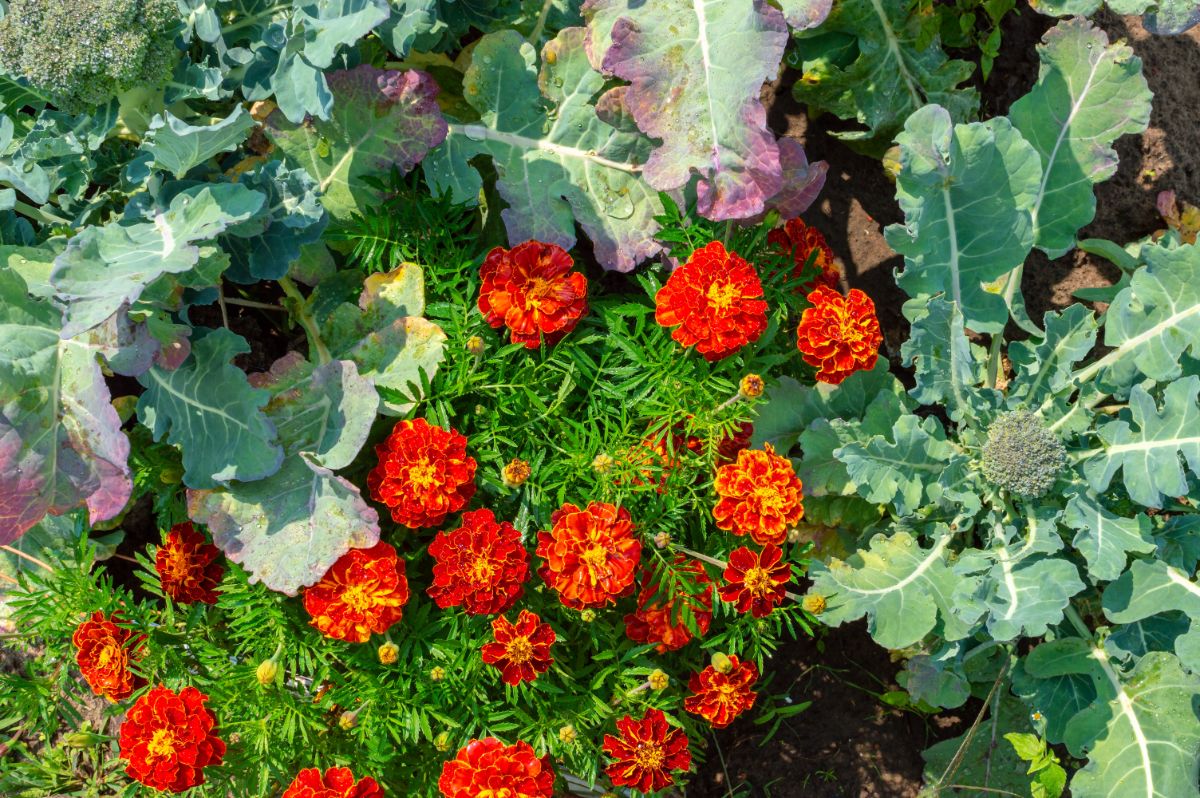
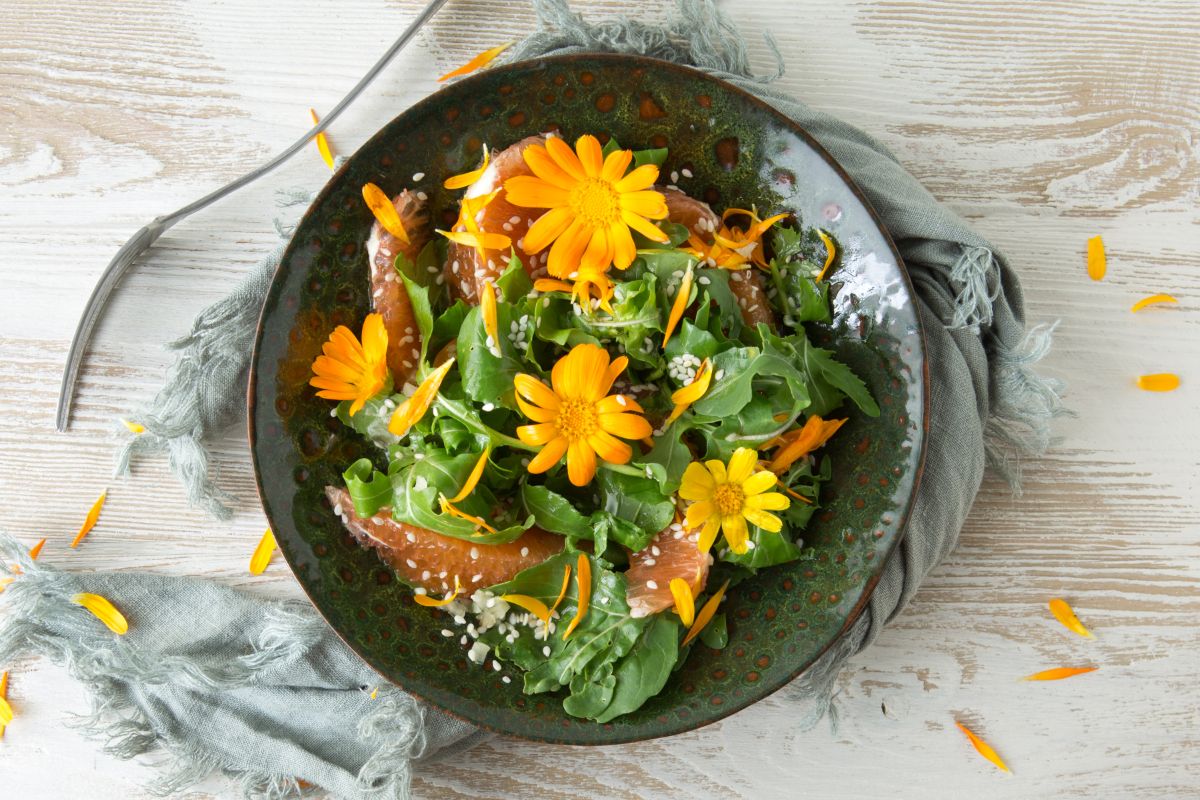
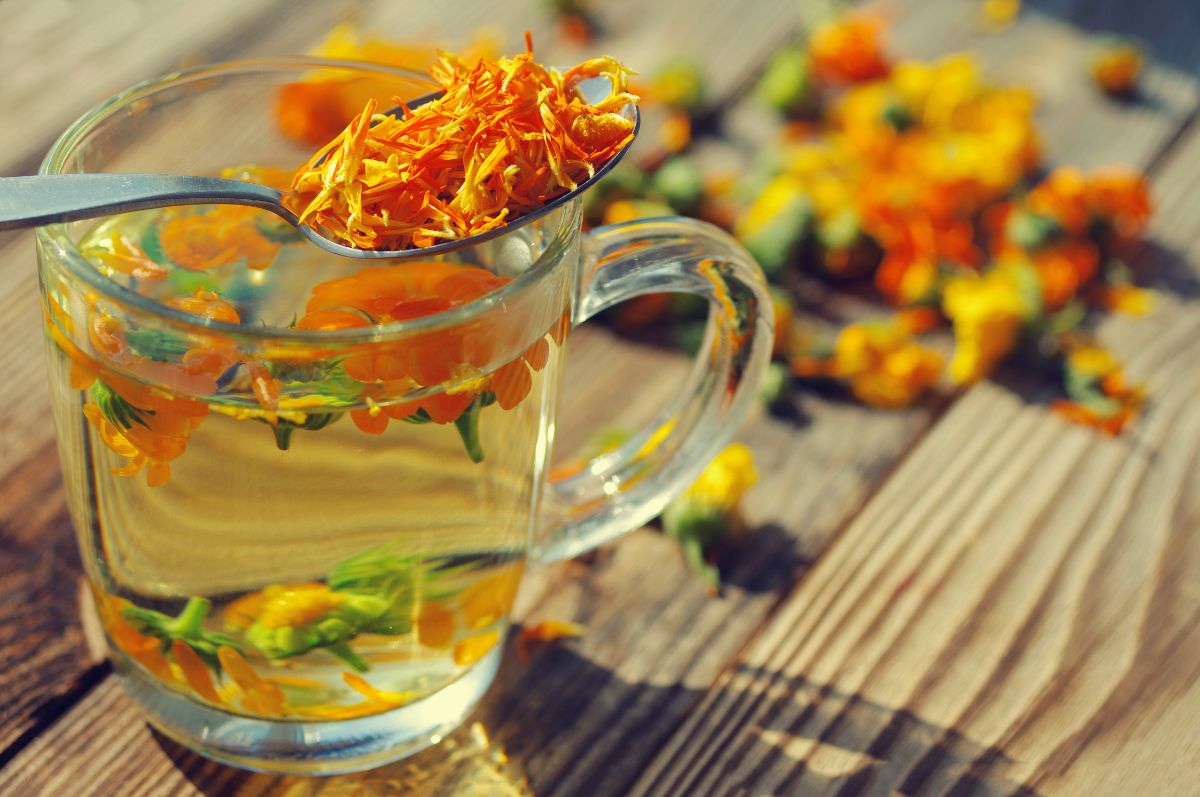
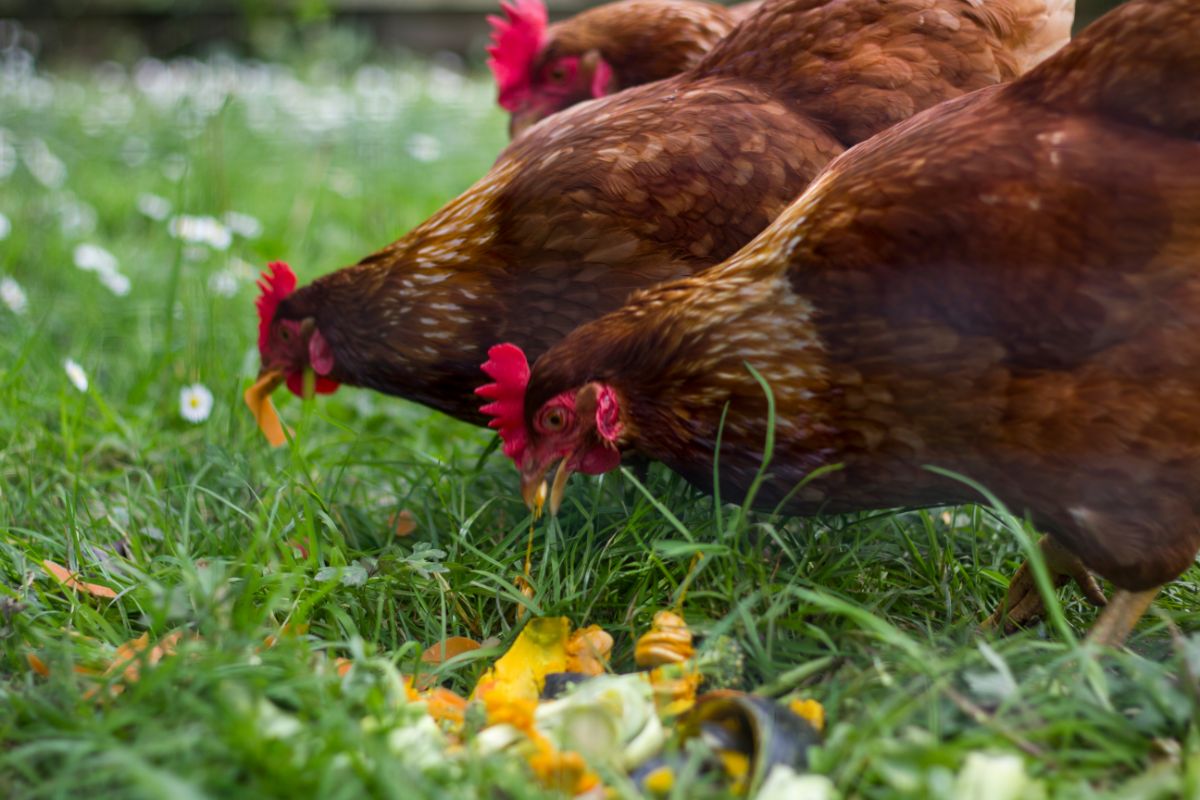
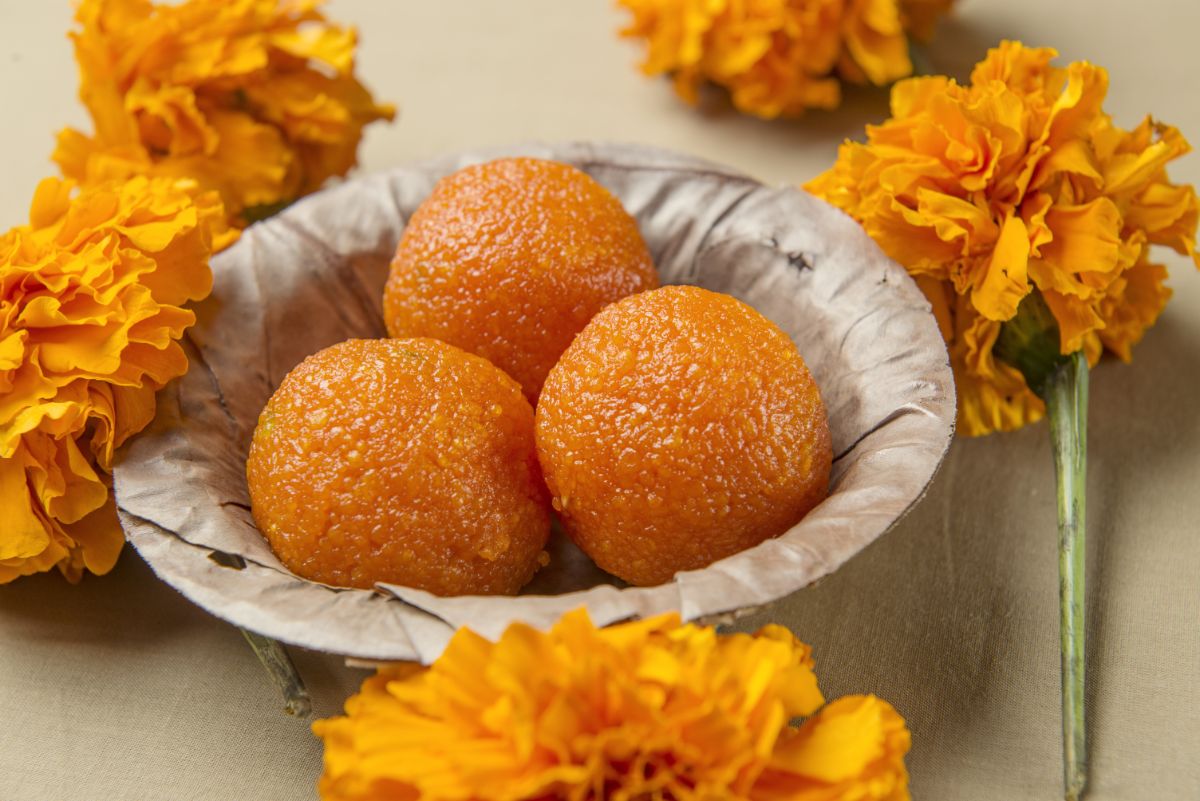
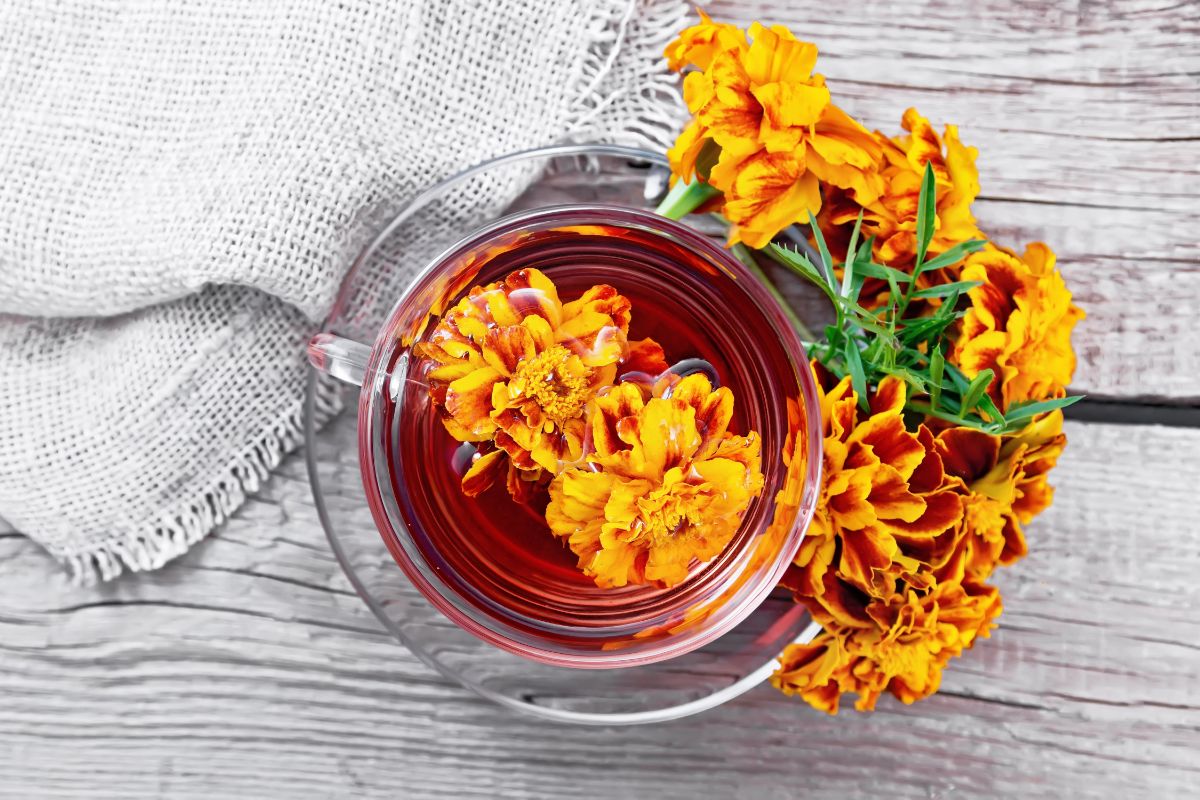

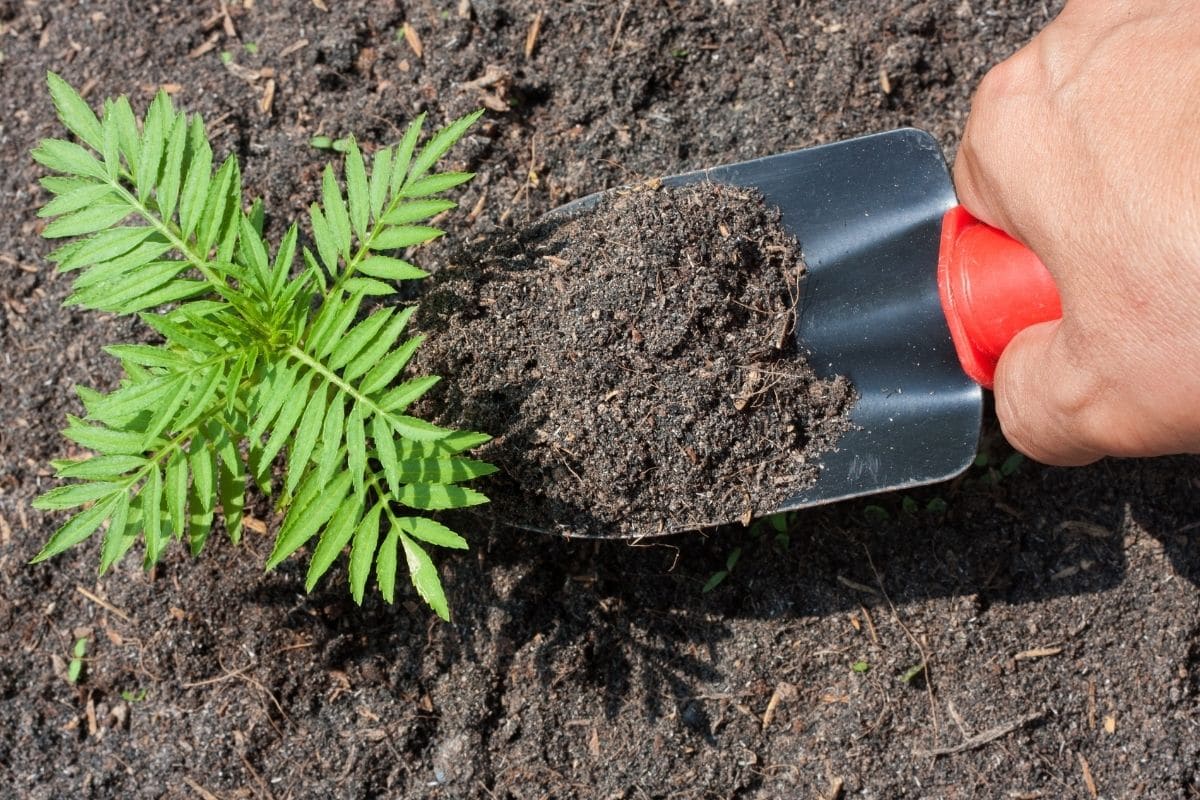

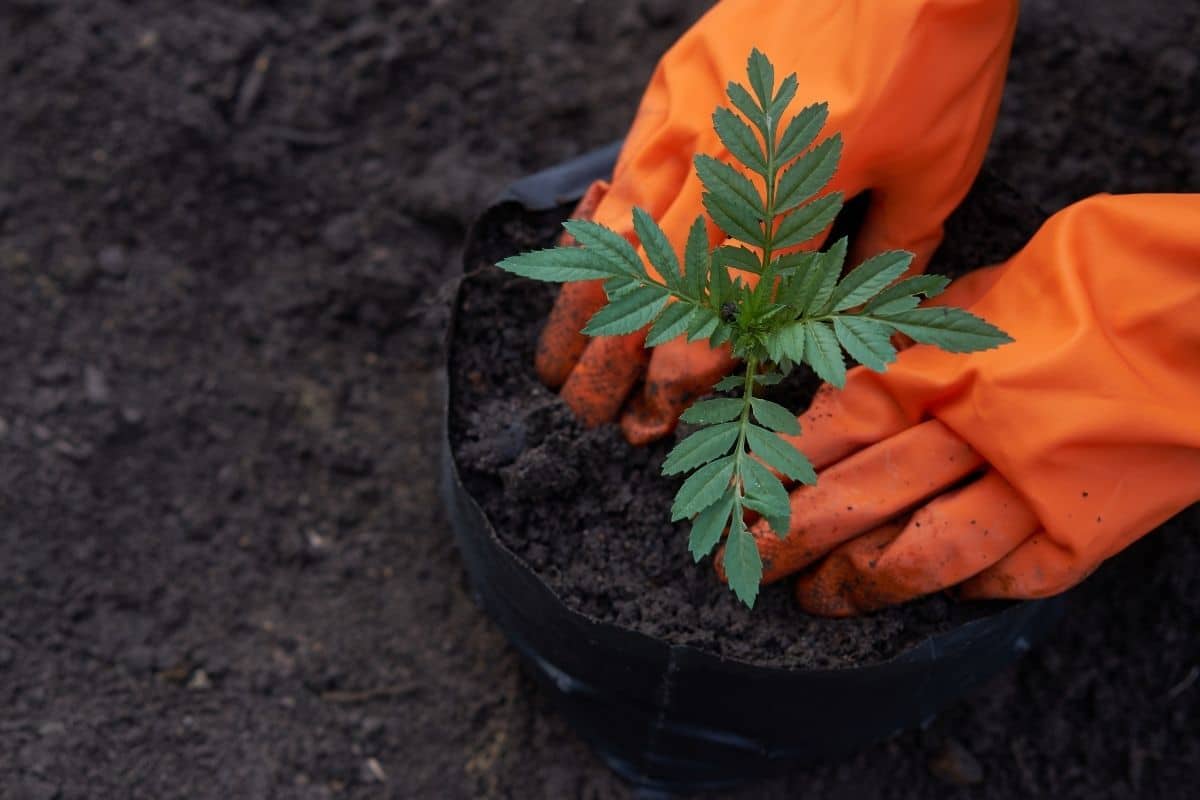




Rosah
This is so useful, as an organic farmer.
Zoya
I grow black reddish , bought seeds , last year planted and leaves was big , but the reddish was very wooden what I do wrong, thanks